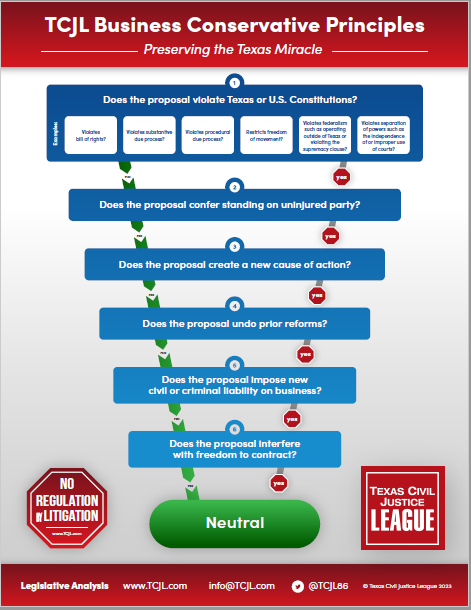 A student moving out of her Lamar University dormitory room slipped and fell. She sued Lamar for $1 million, asserting premises liability and negligence claims. Lamar filed a plea to the jurisdiction. The trial court denied the plea. Lamar appealed. The Beaumont Court of Appeals reversed and rendered in favor of Lamar.
A student moving out of her Lamar University dormitory room slipped and fell. She sued Lamar for $1 million, asserting premises liability and negligence claims. Lamar filed a plea to the jurisdiction. The trial court denied the plea. Lamar appealed. The Beaumont Court of Appeals reversed and rendered in favor of Lamar.
These are the bare facts of Lamar University v. Deborah Hanington (No. 09-21-00288-CV; submitted April 8, 2023). Plaintiff alleged that a leaking water fountain created a pool of water which caused her slip and fall. In order to show a waiver of governmental immunity under the Texas Tort Claims Act, plaintiff, who the parties agree was an invitee on the premises, had to establish: “(1) the existence of a condition of the premises creating an unreasonable risk of harm; (2) the landowner knew or should have known of the existence of the condition; (3) the landowner failed to use reasonable care to reduce or eliminate the risk by rectifying or warning of the condition; and (4) such failure was the proximate cause of the plaintiff’s injury” (citations omitted). In its plea to the jurisdiction, Lamar asserted that plaintiff failed to make the required showings and supplemented its motion with a trial brief to which it attached various exhibits, including plaintiff’s original pleading, depositions of the plaintiff and university personnel, a video inspection of the fountain, and plaintiff’s answers to interrogatories. Plaintiff responded that Lamar’s brief was an improper attempt to “introduce a no evidence summary judgment . . . in a brief and supplant Rule 166a [TRCP] requiring any summary judgment request to be filed 21 days before the hearing.” Plaintiff, however, declined the Lamar’s offer for additional time to respond to the brief and amend her pleadings. After a hearing, the trial court denied the plea.
In its first issue, Lamar argued that the trial court failed to consider the evidence presented as part of its trial brief. Noting that “a trial court’s review [of a plea to the jurisdiction] ‘mirrors that of a traditional summary judgment motion,’” the court concluded that as there was “no rule specifying the manner in which a party must present evidence in support of” the plea, the trial court was bound to consider Lamar’s evidence in the form it was presented. Moreover, since Lamar offered plaintiff a continuance and she declined, the court of appeals was not persuaded by plaintiff’s argument that it should not consider Lamar’s brief. It thus sustained Lamar’s first issue.
In the second issue, whether plaintiff established a fact issue as to the elements of her premises liability claim, the court likewise sustained Lamar’s argument. Noting that in making this determination “courts often consider, among other things, evidence of other falls or injuries attributable to the same condition and evidence of some defective condition causing the fall,” the court found that the water fountain did not constitute an unreasonably dangerous condition or that Lamar had actual or constructive knowledge that the fountain was leaking. In her deposition testimony, plaintiff stated that she had passed by the water fountain several times before falling, that she did not see water on the floor, and that her clothes were not wet when she got up from the fall. Lamar’s evidence conclusively demonstrated that the water fountain had been in the dorm for years and had never been reported as leaking, university personnel working in the dorm during the relevant period had never noticed a leak and did not see one on the day of the accident, and no one had ever made any complaints about water on the floor around or under the fountain. Further, Lamar’s evidence showed that a maintenance worker checked the fountain after plaintiff’s fall, found no evidence of a previous leak, and was only able to force a leak when he poured more volume water into the fountain than would ordinarily occur. Based on this evidence, the court of appeals concluded as a matter of law that plaintiff failed to present any evidence of a premises defect claim under the TTCA. Finally, the court of appeals rejected plaintiff’s attempt to replead her premises liability claim as a general negligence claim.
This is another good example of judicial vigilance in the enforcement governmental immunity when the statutory requirements for waiver are not met. We harp on this theme because every chink in the governmental immunity armor imposes direct costs on taxpayers and comes at the expense of the basic services governmental entities provide to support the economy. While limited waivers of immunity may be necessary under specific conditions, those conditions should be exceptional and a heavy presumption against waiver maintained.











